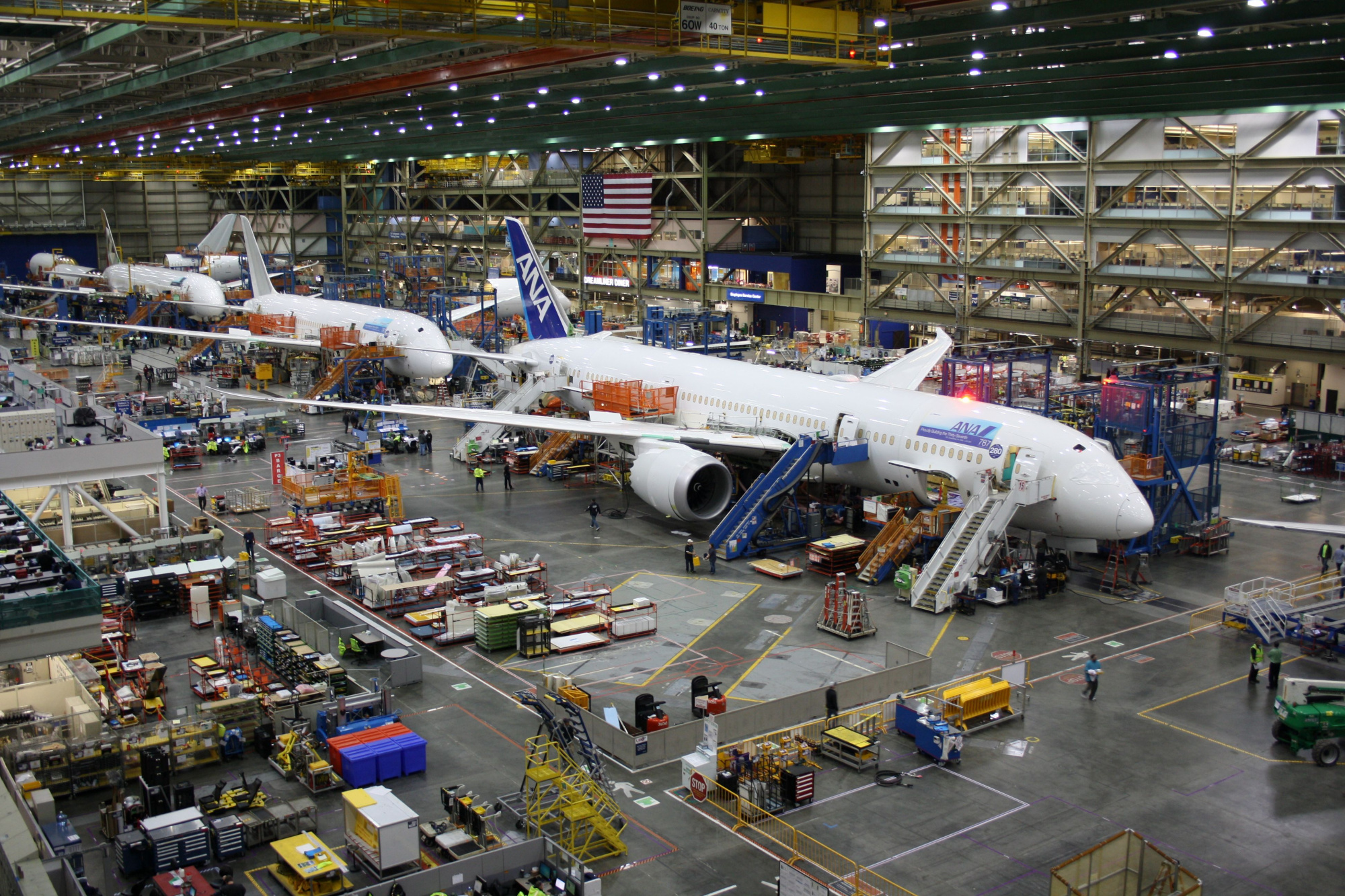Boeing 777 vs 787: Comparing Features and Performance
The aviation industry is marked by continual innovation, with manufacturers racing to develop aircraft that are more efficient, comfortable, and technologically advanced. Among the giants of the skies, Boeing’s 777 and 787 models stand out as two of the most influential aircraft in modern aviation. While both are products of Boeing’s engineering prowess, they cater to different market needs and offer distinct features and performance levels. This article delves into a comparative analysis of the 777 and 787, exploring their key attributes and performance metrics to provide a clearer understanding of what sets them apart.
Boeing 777 vs 787: Key Features Unveiled

The Boeing 777, often referred to as the “Triple Seven,” made its maiden flight in 1994 and was designed to fill the gap between the smaller 767 and the larger 747. It’s renowned for its capacity to carry a significant number of passengers, often accommodating between 314 and 396 individuals depending on the configuration. The 777 features a wider cabin, allowing airlines to offer more spacious seating arrangements. Its twin-engine design, a bold move for long-haul flights at the time of its launch, combines efficiency with power, which contributed to its popularity among international carriers.
In contrast, the Boeing 787 Dreamliner, introduced to commercial flight in 2011, represents a leap forward in terms of technology and passenger experience. The 787 was developed with a focus on fuel efficiency, utilizing composite materials to reduce weight and improve aerodynamic performance. It features larger windows, higher humidity levels, and lower cabin altitude, which collectively enhance passenger comfort during long flights. The Dreamliner’s design allows it to consume 20% less fuel than similarly sized aircraft, making it an attractive option for cost-conscious airlines looking to minimize their carbon footprint.
Both aircraft boast advanced avionics and flight systems, but the 787’s use of electrical systems over traditional hydraulic ones marks a significant technological advancement. This reduces weight and maintenance costs while enhancing reliability. While the 777 remains a powerhouse in terms of capacity and range, the 787’s innovations in passenger comfort and fuel efficiency highlight Boeing’s shift towards more sustainable aviation solutions.
Performance Showdown: 777 and 787 in Focus

When it comes to performance, the Boeing 777 is notable for its impressive range, capable of flying up to 7,370 nautical miles, depending on the variant. This makes it ideal for long-haul international flights, connecting cities across continents without the need for refueling stops. The 777’s engines, particularly the GE90, are among the most powerful in commercial aviation, delivering the thrust needed for such extended journeys while maintaining a high payload capacity.
The Boeing 787, on the other hand, prioritizes fuel efficiency and operational cost reduction. Its range, reaching up to 7,530 nautical miles in its 787-9 variant, is comparable to the 777, but with a greater emphasis on efficiency. The Dreamliner’s engines, the Rolls-Royce Trent 1000 or the General Electric GEnx, are designed to be quieter and more fuel-efficient, contributing significantly to the aircraft’s reduced operating costs. This makes the 787 a favorite for airlines operating long-haul routes where fuel consumption is a critical consideration.
Nevertheless, the choice between a 777 and a 787 often depends on an airline’s specific needs. The 777’s larger capacity suits routes with high passenger demand, while the 787’s efficiency and passenger comfort make it ideal for routes where fuel savings and passenger experience are paramount. Both models continue to evolve, with the 777X and further enhancements to the 787 line promising even greater capabilities, ensuring that Boeing remains at the forefront of commercial aviation innovation.
In the dynamic world of aviation, both the Boeing 777 and 787 have carved out significant niches, each with its unique capabilities and advantages. While the 777 is a testament to engineering power, capacity, and long-haul connectivity, the 787 Dreamliner showcases Boeing’s commitment to sustainability, passenger comfort, and technological advancement. As airlines grapple with balancing capacity demands and operational efficiency, the choice between these two aircraft becomes a strategic decision influenced by route requirements and market trends. Regardless of preference, both aircraft have undeniably shaped the landscape of modern air travel, propelling the industry towards a future that values performance, comfort, and environmental responsibility.



